Basket Willow Tree Care: Growing Willow Plants For Baskets
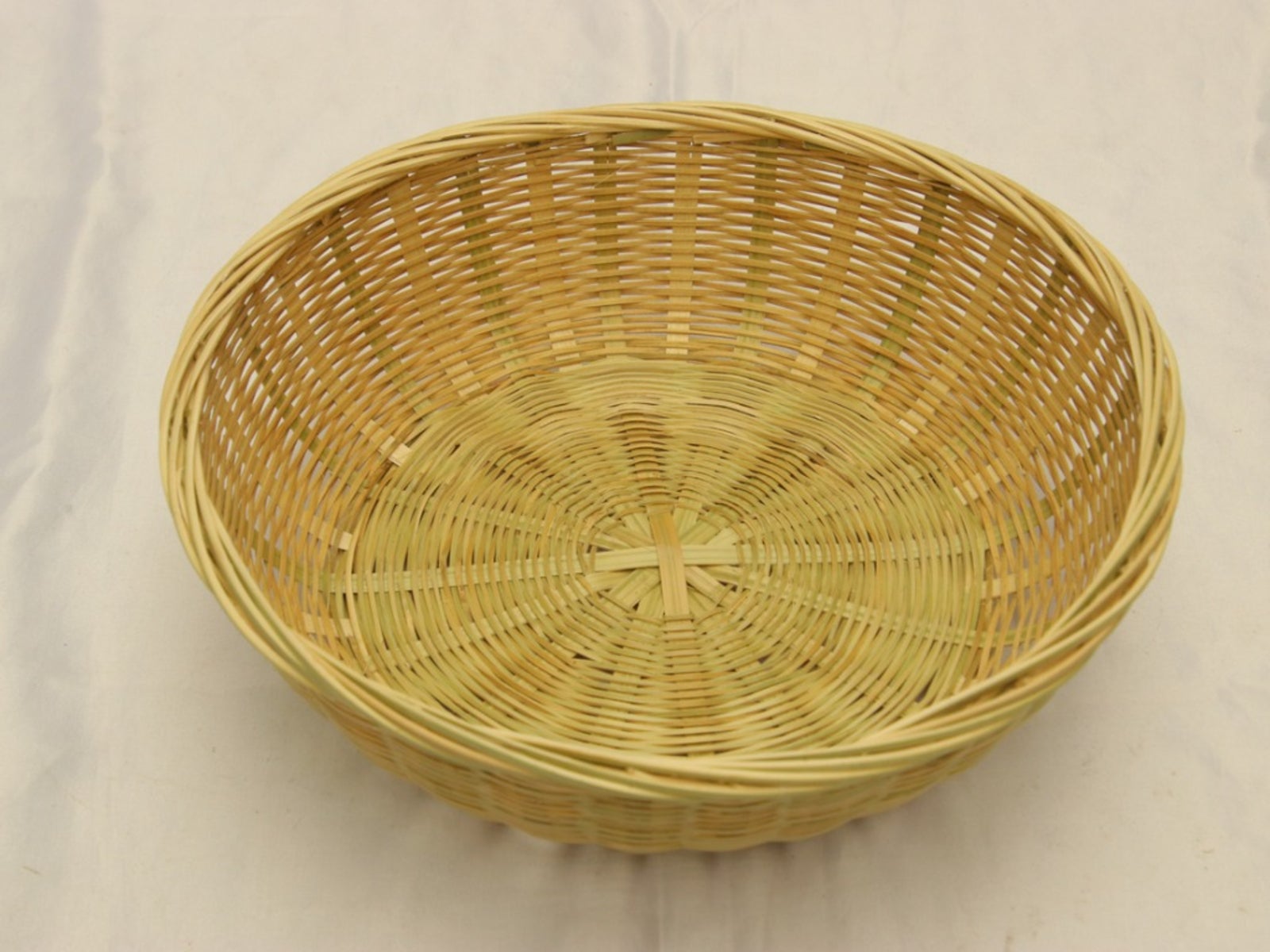

Willow trees are big, graceful trees that are relatively low maintenance and hardy enough to grow in a variety of conditions. While the long, slender branches of most willow tree species lend themselves to the creation of beautiful woven baskets, certain larger willow species are preferred by weavers around the world. Read on to learn more about growing willow plants for baskets.
Basket Willow Trees
There are three willow tree species commonly grown as basket willow trees:
- Salix triandra, also known as almond willow or almond-leaved willow.
- Salix viminalis, often known as common willow.
- Salix purpurea, a popular willow known by a number of alternate names, including purple osier willow and blue arctic willow.
Some weavers prefer to plant all three basket willow trees. The trees are perfect for baskets, but basket willow uses are also ornamental, as the trees create a variety of bright colors in the landscape.
How to Grow Basket Willows
Basket willow trees are easy to grow in a variety of soil types. Although they adapt to dry soil, they prefer moist or wet soil. Similarly, the trees thrive in full sun but will tolerate partial shade. Willows are easily propagated by cuttings, which are simply pushed a few inches (8 cm.) into the soil in late winter to early spring. Water well and apply 2 or 3 inches (5-8 cm.) of mulch. Note: Some willow species can be invasive. If in doubt, check with your local cooperative extension before planting.
Basket Willow Tree Care
Basket willow trees grown for baskets are often coppiced, which involves cutting top growth down to the ground in late winter. However, some growers prefer to let the trees grow to their natural shape and form, removing only dead or damaged growth. Otherwise, basket willow tree care is minimal. Provide plenty of water for these moisture-loving trees. Fertilizer isn’t generally needed, but basket willow trees in poor soil benefit from a light feeding of a balanced fertilizer in spring.
Gardening tips, videos, info and more delivered right to your inbox!
Sign up for the Gardening Know How newsletter today and receive a free copy of our e-book "How to Grow Delicious Tomatoes".

A Credentialed Garden Writer, Mary H. Dyer was with Gardening Know How in the very beginning, publishing articles as early as 2007.
-
 8 Perfect Flowers To Plant With Tomatoes To Boost Yields & Banish Pests
8 Perfect Flowers To Plant With Tomatoes To Boost Yields & Banish PestsDon’t forget flowers when choosing companion plants for your tomato beds or pots. These pretty, fragrant blooms add beauty but are also highly beneficial.
By Mary Ellen Ellis
-
 Want The Longest Lasting Hydrangea Flowers? Grow These 8 Panicle Hydrangea Varieties
Want The Longest Lasting Hydrangea Flowers? Grow These 8 Panicle Hydrangea VarietiesFor ornamental shrubs that deliver the longest flowering seasons with plush blooms and delicate hues, these panicle hydrangea varieties are essential in your yard
By Tonya Barnett
-
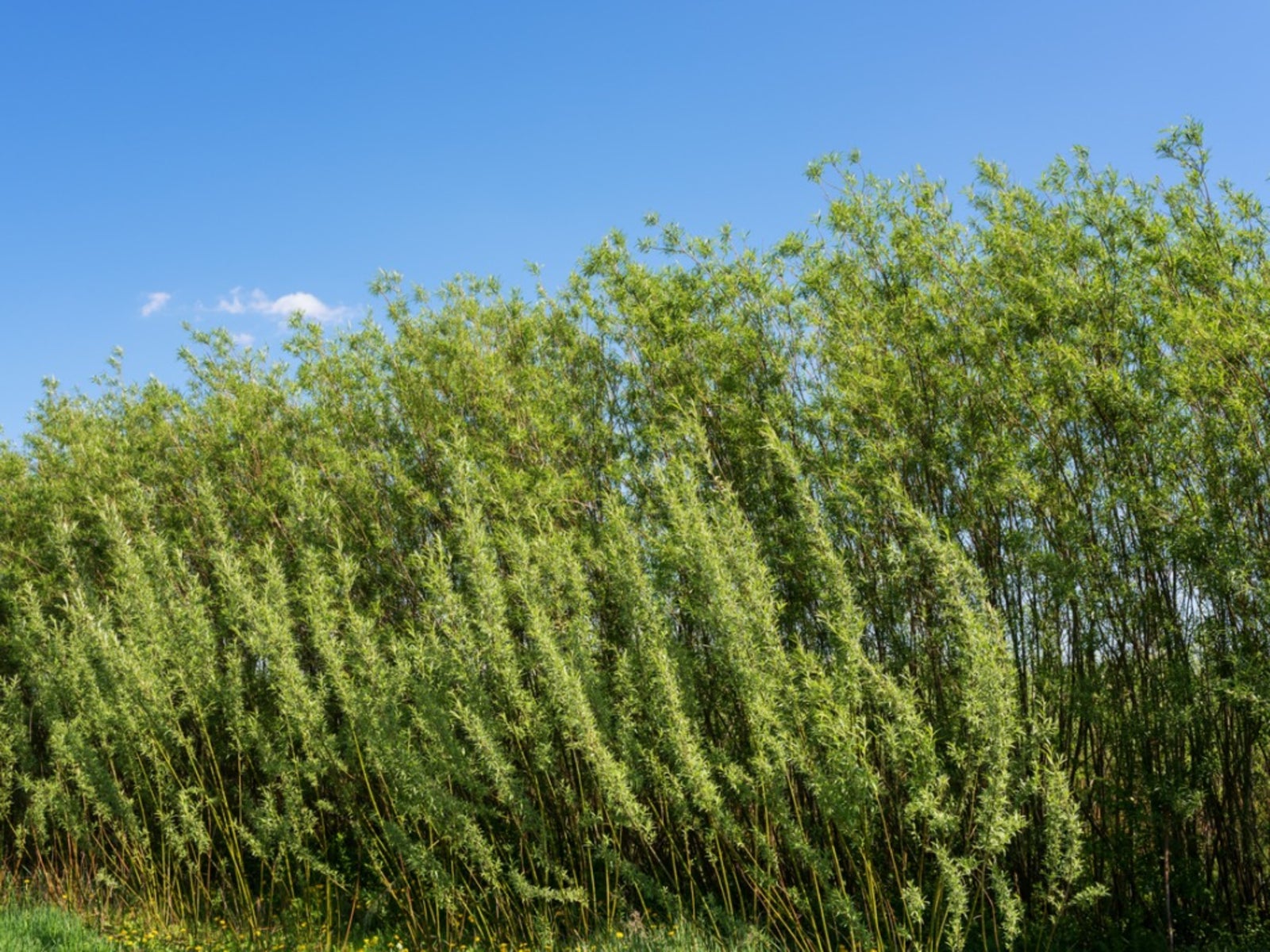 Living Willow Fence Ideas - Tips For Growing A Living Willow Fence
Living Willow Fence Ideas - Tips For Growing A Living Willow FenceCreating a living willow fence is an easy, inexpensive way to screen a view or divide garden areas. Read on to learn more.
By Susan Albert
-
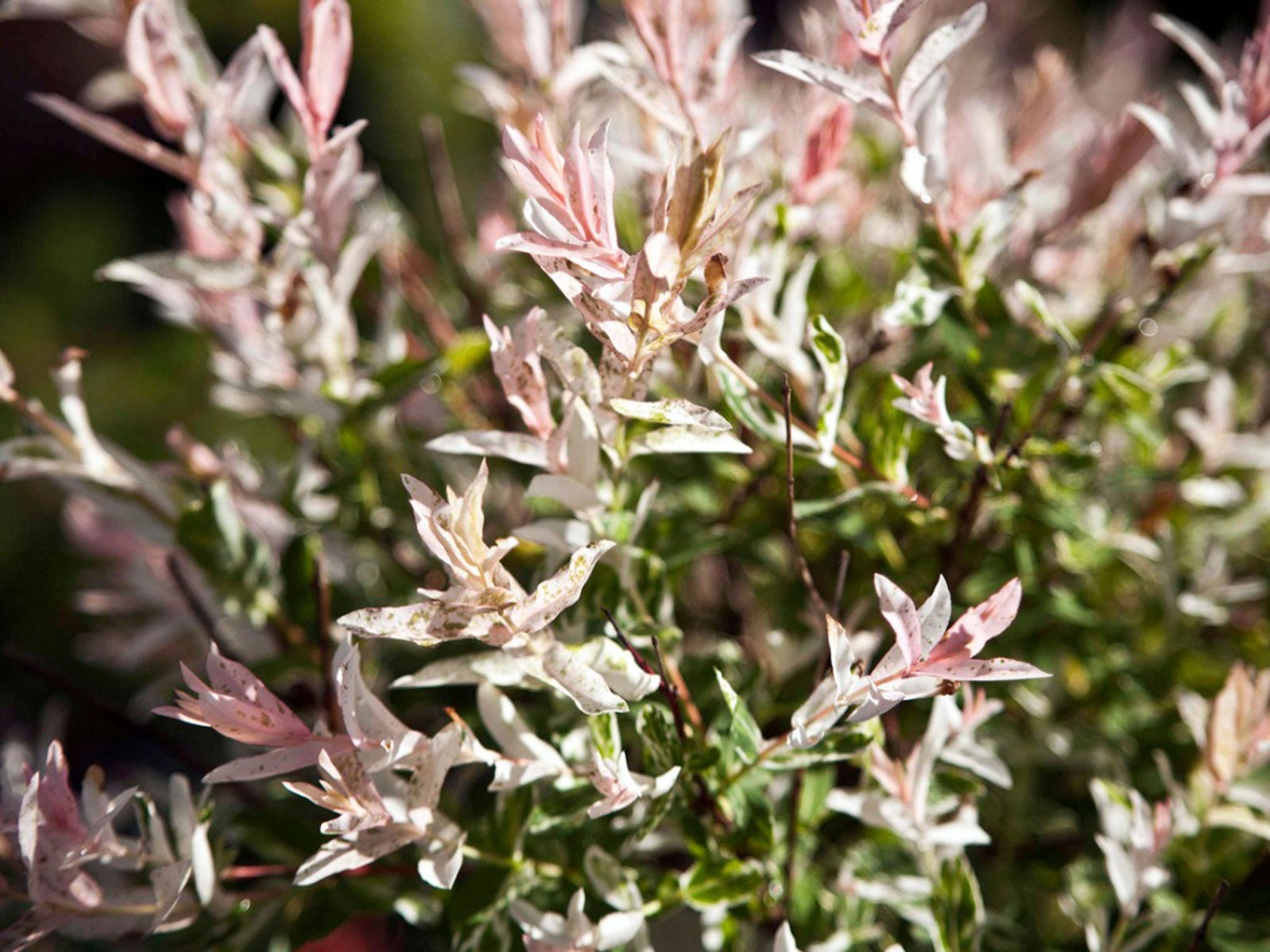 What’s Wrong With My Dappled Willow: Common Dappled Willow Problems
What’s Wrong With My Dappled Willow: Common Dappled Willow ProblemsDappled willow is one of the smaller members of the willow family. Although undemanding, it will occasionally see problems. Learn about them here.
By Teo Spengler
-
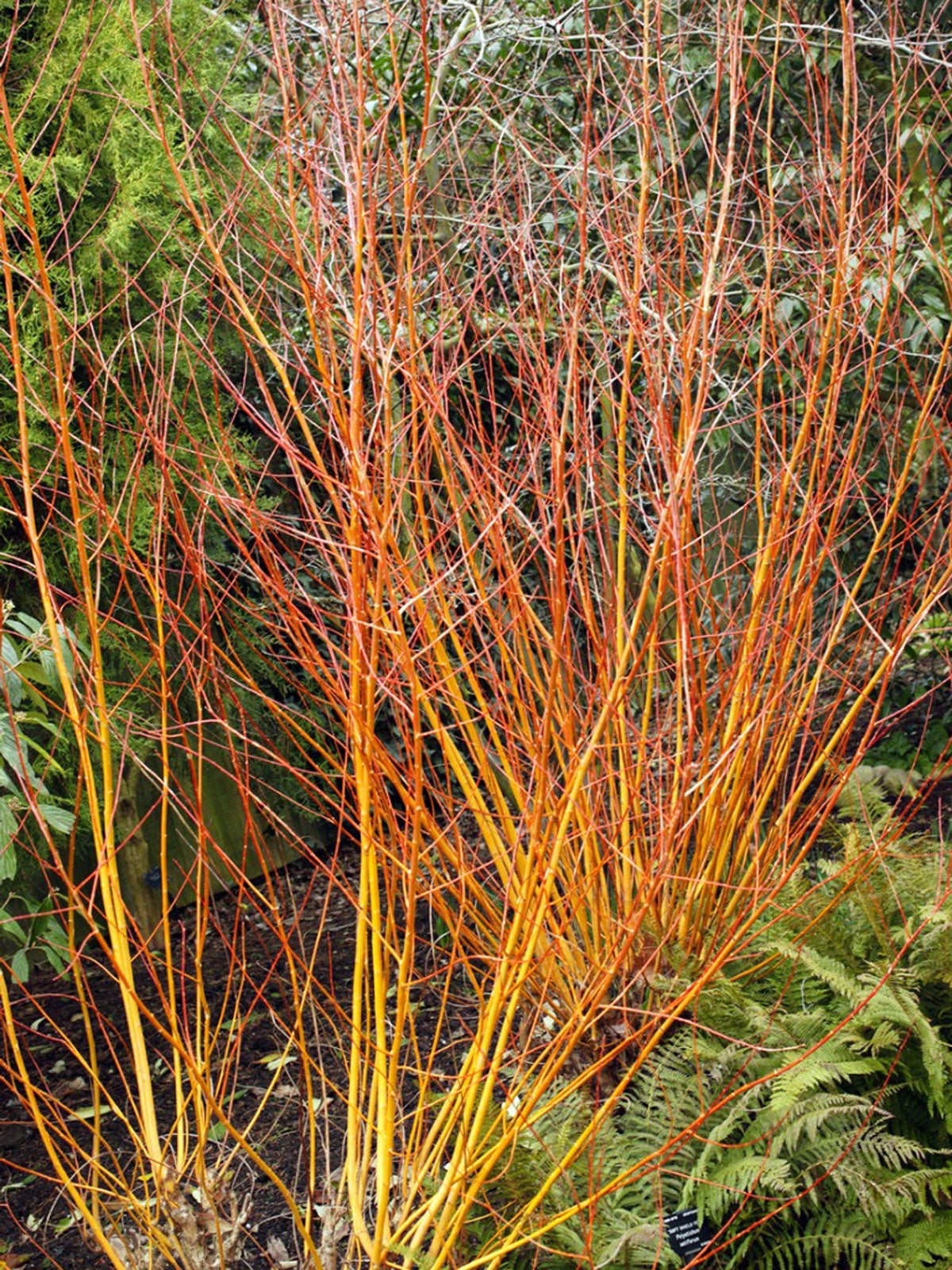 Coral Bark Willow Care – What Is A Coral Bark Willow Tree
Coral Bark Willow Care – What Is A Coral Bark Willow TreeFor lovely winter interest and nice summer foliage, you can’t go wrong with coral bark willow shrubs. Click here for tips on coral bark willow care.
By Teo Spengler
-
Peachleaf Willow Facts – Peachleaf Willow Identification And More
Few trees are easier to grow than native willows. Peachleaf willow trees are no exception. It’s not hard to identify peachleaf willows since they have leaves that look similar to the foliage of peach trees. Click here for peachleaf willow facts that describe this native tree.
By Teo Spengler
-
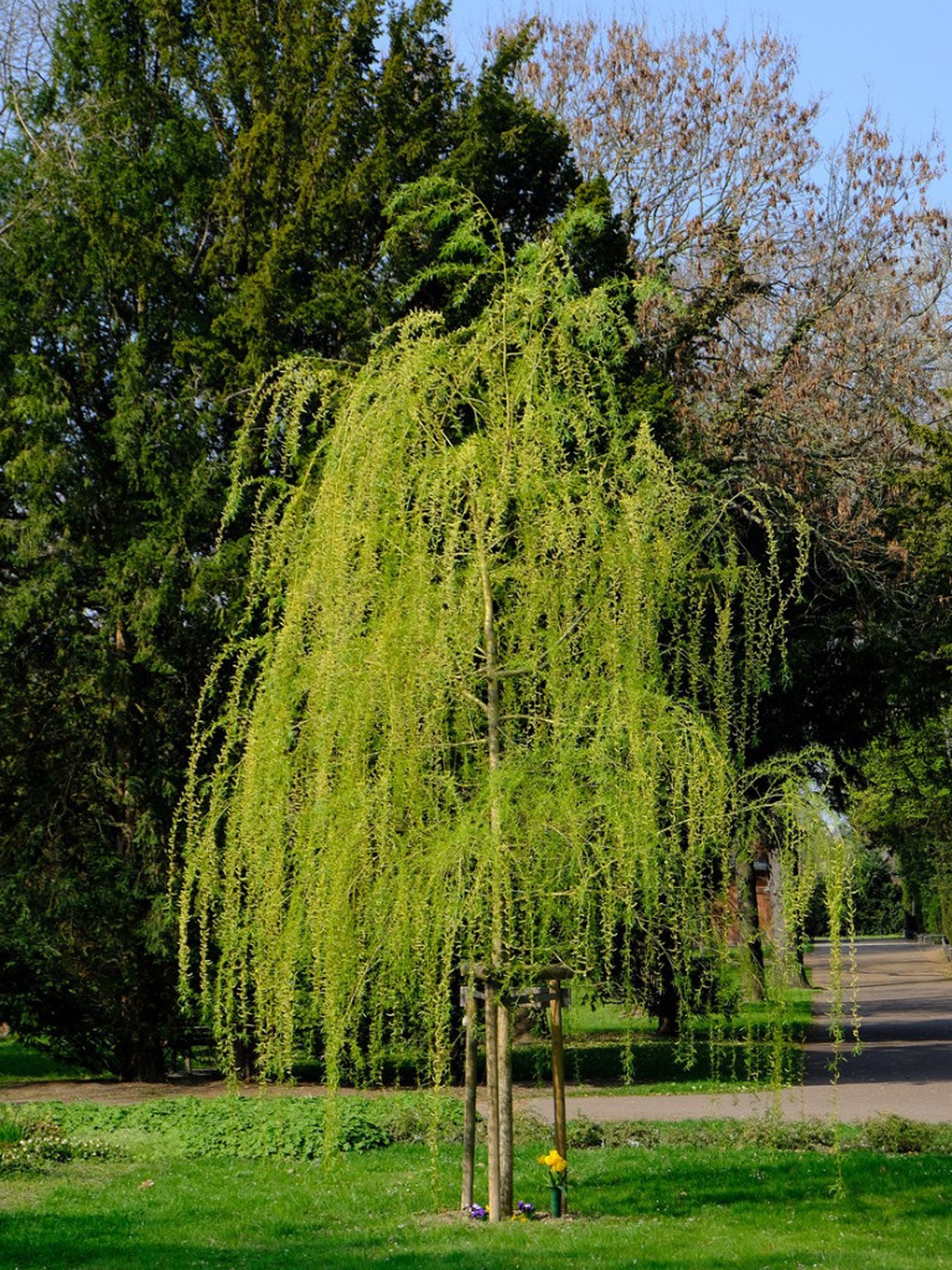 Willow Varieties – Types Of Willow Trees To Grow In The Landscape
Willow Varieties – Types Of Willow Trees To Grow In The LandscapeIf you are curious about which willow varieties might work well in your yard or garden, you’ll need to start by figuring out how much room you have and what growing conditions you can offer. Click here for an overview of popular varieties of willows.
By Teo Spengler
-
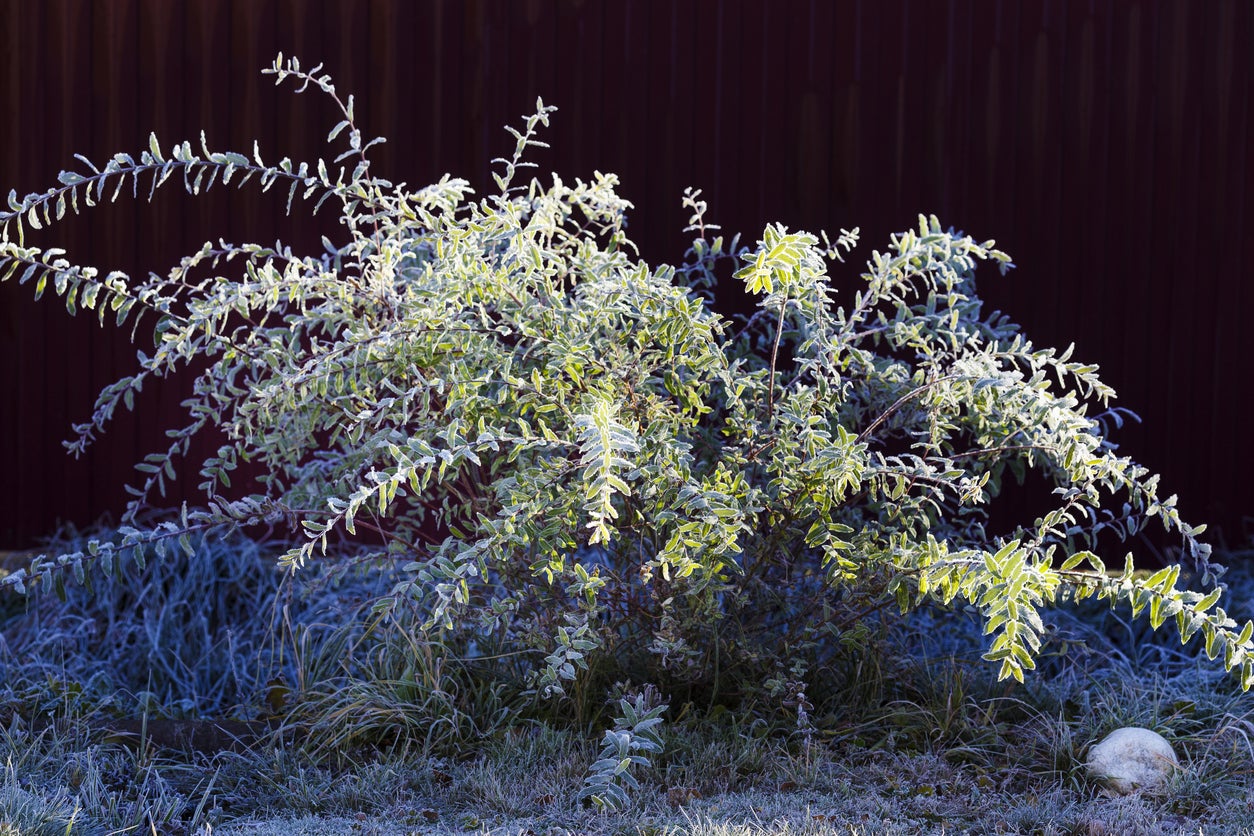 Pruning A Dappled Willow – How To Prune Dappled Willow Shrubs
Pruning A Dappled Willow – How To Prune Dappled Willow ShrubsThe dappled willow is a popular ornamental tree with a graceful weeping habit. Since this tree grows quickly, pruning a dappled willow is always an important part of the maintenance. Click here for information on dappled willow pruning.
By Teo Spengler
-
 Japanese Willow Pruning – How To Cut Back A Japanese Willow Tree
Japanese Willow Pruning – How To Cut Back A Japanese Willow TreeLike most willows, Japanese willow trees grow extremely fast. Trimming Japanese willows is a chore you may have to do several times a year to keep the shape and size in check. Click this article to learn how to prune Japanese willows.
By Darcy Larum
-
 What Are Willow Galls: Learn About Galls On Willow Trees
What Are Willow Galls: Learn About Galls On Willow TreesWillow tree galls are unusual growths that appear on willow trees. You may see different varieties on leaves, shoots, and roots. The galls are caused by sawflies and other pests as well as bacteria and can look quite different depending on the pest causing them. Learn more here.
By Teo Spengler